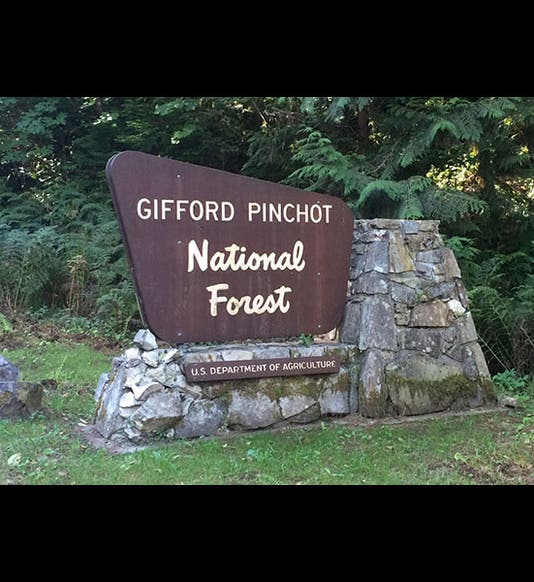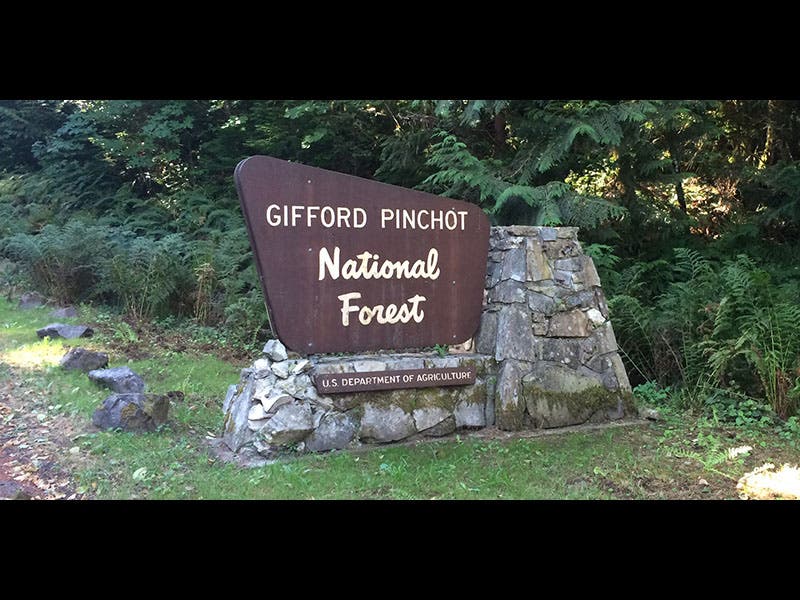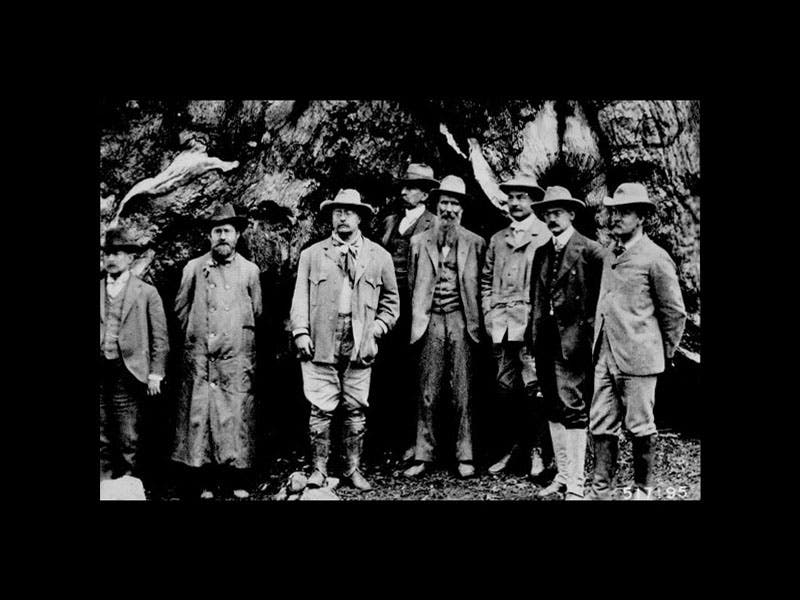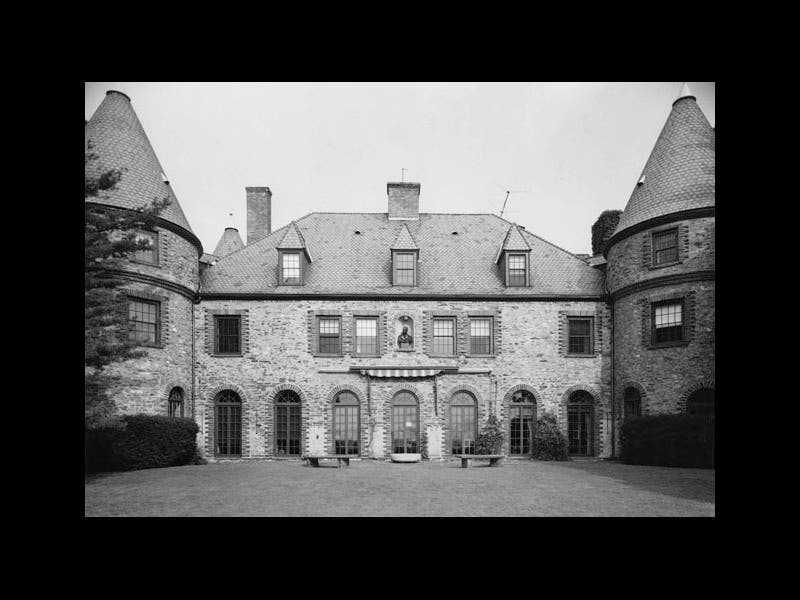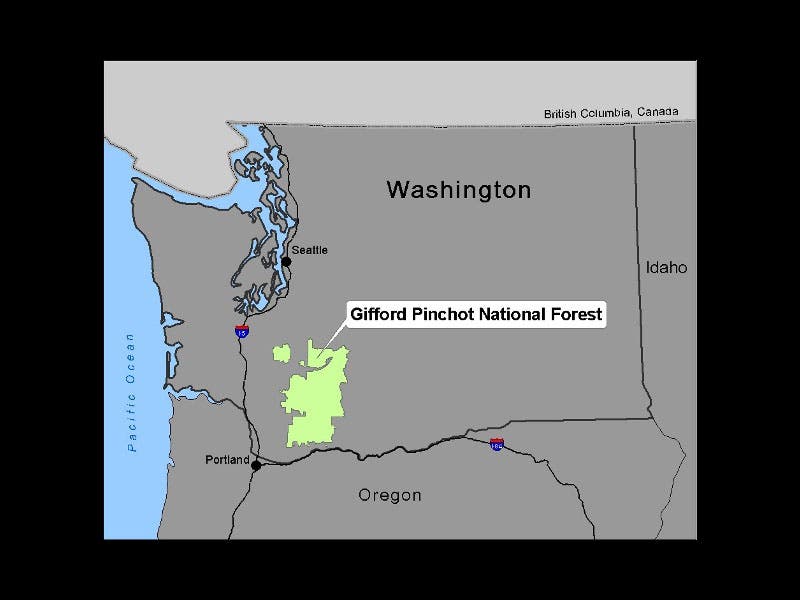Scientist of the Day - Gifford Pinchot
Gifford Pinchot, an American forester, was born Aug. 11, 1865. Pinchot was really the founder of scientific forestry in the United States. His father had clear-cut his way through a sizeable swath of Western forests, amasing a considerable fortune in the process, and so, perhaps in expiation, he urged his Yale-educated son to go into forestry, a field that did not yet exist in the U.S. Gifford went to Europe, discovered that there were many ways to harvest lumber and yet leave behind a sustainable forest—an idea quite foreign to timber cutters in the United States. Pinchot came home and went to work for what was then a tiny organization, the Division of Forestry of the Department of the Interior. Pinchot became director in 1898 and turned it into the U.S. Forest Service, at the same time moving it from the Department of the Interior to that of Agriculture.
In a literal sense, Pinchot was the founder of the conservation movement in this country, in that he invented the word "conservation" to apply to the policy of sustainable land management. He had an ally in Theodore Roosevelt, and these two Progressives did much to protect what was left of the American wilderness forest from lumber barons and other special interests. Pinchot got in quite a tiff with John Muir in 1910, when Pinchot favored building a dam in Muir's beloved Yosemite Valley. Pinchot and Muir, it turns out, had quite different ideas about conservation; Muir wanted to preserve the wilderness, that is, set it aside and leave it alone, and Pinchot believed in conserving the land, which meant using all available resources, but replacing them at the rate they are being consumed. These two schools of environmental thought are still with us, and still at odds. A photograph, undated, but well before 1910, shows the tall figure of Pinchot standing behind and between Roosevelt and the bearded John Muir (third image).
Pinchot was fired as Chief Forester in 1910 by Roosevelt’s successor, William Howard Taft, because Pinchot disagreed with changing land management policies, and he had to watch in dismay over the next three decades as the U.S. Forest Service moved more and more into the camp of the lumber barons, and the clear-cutting of national forests became rampant. Pinchot went into politics and served two terms as Governor of Pennsylvania. His family home, Grey Towers in Milford, Pa., is a National Historic Site (fourth image), and there is a Gifford Pinchot National forest in southern Washington state (first and fifth images). The photo of Pinchot at his desk (second image) was taken in his office at Grey Towers.
Dr. William B. Ashworth, Jr., Consultant for the History of Science, Linda Hall Library and Associate Professor, Department of History, University of Missouri-Kansas City. Comments or corrections are welcome; please direct to ashworthw@umkc.edu.

